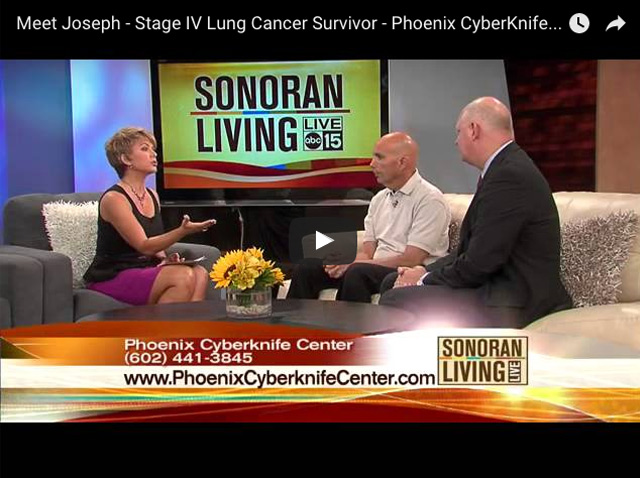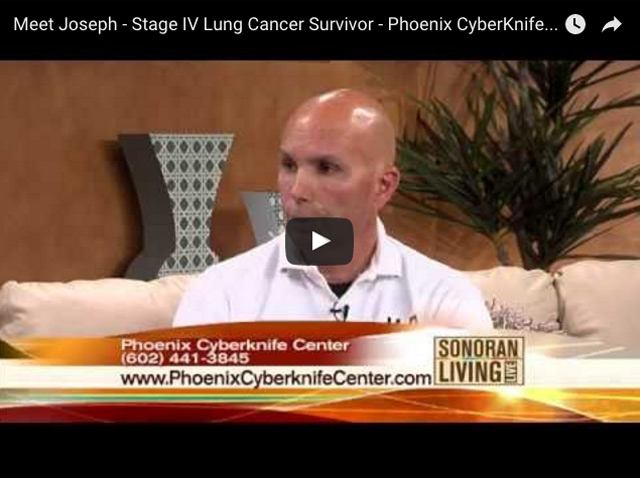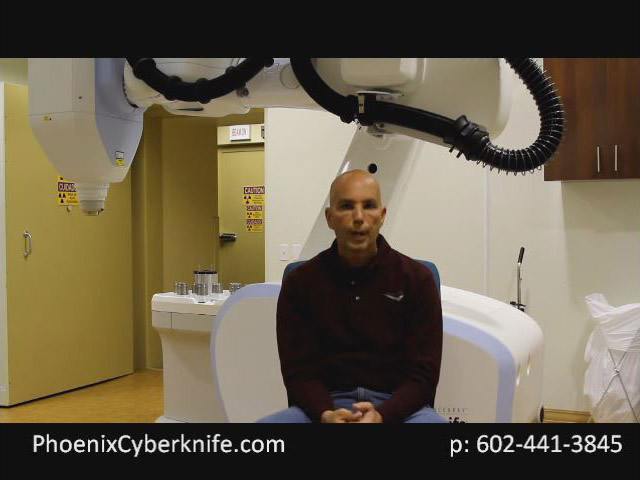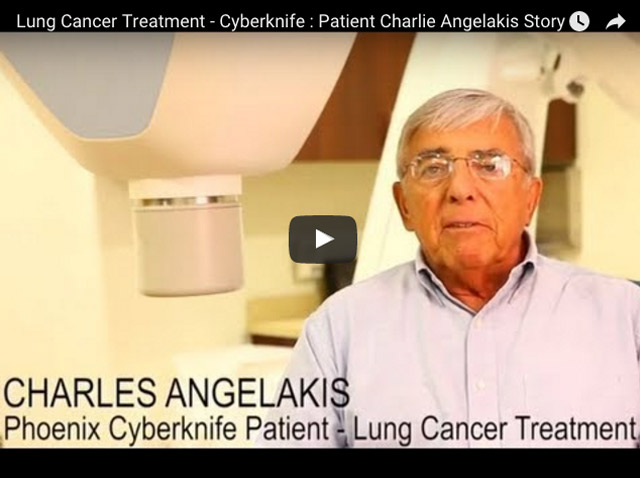Hypersalivation
Hypersalivation, also known as sialorrhea or ptyalism, is when a person has too much saliva in their mouth. It can result in saliva from the mouth spilling over the bottom lip. Sialorrhea is not a disease but usually a symptom of another underlying condition, very commonly, Amyotrophic Lateral Sclerosis (ALS).
Sialorrhea patients experience problems swallowing and often notice that they seem to salivate more. The fact is, the patient isn’t producing more saliva, but the saliva is pooling in the mouth because of an inability to swallow. The throat weakens, which is needed for regular swallowing, and when not properly managed can result in drooling, choking or difficulty speaking.
Sialorrhea patients have treatment options however it varies on the underlying cause of the diagnosis. Home remedies may relieve symptoms temporarily, however chronic hypersalivation usually requires more advanced treatment. Options include:
- Anticholinergic Medication which blocks nerve impulses to the salivary glands so that they produce less saliva. There are several side effects with medication including dry mouth, constipation, trouble urinating, blurred vision, hyperactivity and irritability.
- Botulin injections can be administered to patients in the major salivary glands which paralyze the nerves and muscles in the area, preventing the glands from producing saliva. Injections will wear off after a couple of months, so repeat injections will be needed.
- Surgery, in severe cases, can be an option for patients and is performed on the salivary glands by either relocating the glands or removing the glands completely.
- Radiation therapy
Why radiation therapy?
Sialorrhea patients who fail medical and surgical therapy can be excellent candidates for external beam radiation therapy. Radio therapy is delivered to head and neck and aims to spare the parotid glands as it reduces salivation. A great number of ALS patients with salivation problems respond well to therapeutic salivary gland irradiation and the improvement my last for several months.
Hypersalivation, also known as sialorrhea or ptyalism, is when a person has too much saliva in their mouth. It can result in saliva from the mouth spilling over the bottom lip. Sialorrhea is not a disease but usually a symptom of another underlying condition, very commonly, Amyotrophic Lateral Sclerosis (ALS).
Sialorrhea patients experience problems swallowing and often notice that they seem to salivate more. The fact is, the patient isn’t producing more saliva, but the saliva is pooling in the mouth because of an inability to swallow. The throat weakens, which is needed for regular swallowing, and when not properly managed can result in drooling, choking or difficulty speaking.
Sialorrhea patients have treatment options however it varies on the underlying cause of the diagnosis. Home remedies may relieve symptoms temporarily, however chronic hypersalivation usually requires more advanced treatment. Options include:
- Anticholinergic Medication which blocks nerve impulses to the salivary glands so that they produce less saliva. There are several side effects with medication including dry mouth, constipation, trouble urinating, blurred vision, hyperactivity and irritability.
- Botulin injections can be administered to patients in the major salivary glands which paralyze the nerves and muscles in the area, preventing the glands from producing saliva. Injections will wear off after a couple of months, so repeat injections will be needed.
- Surgery, in severe cases, can be an option for patients and is performed on the salivary glands by either relocating the glands or removing the glands completely.
- Radiation therapy
Why radiation therapy?
Sialorrhea patients who fail medical and surgical therapy can be excellent candidates for external beam radiation therapy. Radio therapy is delivered to head and neck and aims to spare the parotid glands as it reduces salivation. A great number of ALS patients with salivation problems respond well to therapeutic salivary gland irradiation and the improvement my last for several months.
Dupuytren's contracture disease can have several phases where symptoms are active and are painful, limiting the ability to perform activities of daily life and then the disease can stabilize for extended periods of time leaving people with no pain.
There is no long-term cure for Dupuytren contracture disease, however there are treatment options that can correct the contractures. The type of treatment depends on the degree of deformity and the impact of the contracture on hand function. Options include:
- Collagenase injection
- Needle aponeuroromy
- Surgical fascienctomy
- Radiation therapy
What is Lung Cancer?
Lung cancer is the presence of a tumor in the lung as a result of an abnormal growth of cells. If these cells originated in the tumor, then it is known as primary lung cancer. If these cancerous cells originated in another organ and reached the lung through the bloodstream, then it is metastatic lung cancer.
The American Cancer Society projected 221,200 new cases of lung cancer and 158,040 deaths from the disease in the United States in 2015. Most deaths occur in patients with Stage III or Stage IV lung cancer.
Types
There are two types of lung cancer. The most common type is non-small cell lung cancer, such as squamous cell carcinoma and adenocarcinoma. The second and less common type is small cell lung cancer, which in the past was frequently referred to as oat cell cancer.
Risks
Smoking is the leading cause of lung cancer, resulting in 85% to 90% of all lung cancer cases. Other risk factors that contribute to the development of lung cancer include:
- Second-hand smoke
- Air pollution
- Asbestos
- Radon
- Tubercolosis
Signs and Symptoms
Though not everyone with lung cancer will exhibit symptoms, particularly in its early stages, there are some common symptoms to be aware of:
- Persistent cough
- Shortness of breath
- Coughing blood
- Chest pain
- Pneumonia or bronchitis
- Weight loss, lack of appetite, or fatigue
- Swelling of the neck and face
Detection
Typically, primary lung cancer does not cause any symptoms in its early stages. In many cases, the cancer has advanced when symptoms begin to occur. Many patients end up going to the doctor for a persistent cough, coughing up blood, shortness of breath, etc., and it usually these symptoms that can influence doctors to order a chest X-Ray, CT scans (Computed Tomography), PET-CT scans (Positron Emission Tomography-Computed Tomography), and MRIs (Magnetic Resonance Imaging). These scans and chest X-Rays can indicate the presence of cancer in the lung or in other parts of the body.
Diagnosis
Diagnosing lung cancer is then done by either performing a biopsy, examining a small piece of tissue, or by analyzing fluid to identify the presence of a protein specific to tumor cells. Doctors will then determine the stage of lung cancer by examining the size of the tumor and whether or not it has spread, and to what extent.












